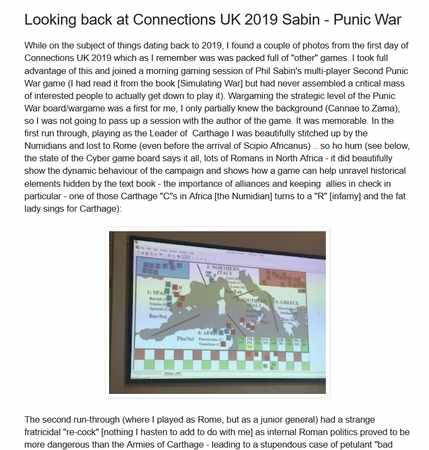During the first half of the second millennium AD, the kingdoms and empires of the Sudan region were gradually converted to Islam, and from the end of the 15th Century the Christian Abyssinian Empire found itself almost constantly at war with its Islamic neighbours. Despite this Islamic pressure and a period of internal strife, the Abyssinian state survived – its armies little changed – to fight off European imperialists in the 19th Century.
Abyssinian armies varied in composition depending on their geographical origins. Those from the mountains of northern Ethiopia tended to be predominantly infantry forces, whereas horses were plentiful in the southern lowland regions. To begin with, all Abyssinian cavalry were mounted on ponies, lightly armed with javelins, with little or no protection. But from the middle of the 17th Century, and following the example of their Sudanese rivals, Abyssinian rulers supplemented their light cavalry with an elite heavy cavalry of Negro slave soldiers, often referred to as the 'Black Horse.' These barded horsemen, resplendent in their quilted and sometimes multi-coloured armour that covered both rider and horse, are the characteristic feature of these armies. Our new range allows you to represent both types of cavalry, and a chance for serious figure painters to exercise their brush skills on the intricately patterned horse barding. Our examples were painted by Kosta Heristanidis and Jared Lynn.
We have also included the infantry - who formed the backbone of Abyssinian armies - equipped with spears, swords and round hide shields (the latter often heavily embellished with velvet, metal plates, and items such as tufts of lion mane that were significant to the shield owner's prowess as a hunter and warrior). We have also included archers - which were very common in the earlier armies, until gradually superseded by firearms. Firearms first made an impact in the region in the mid 1500's, and while Sudanese armies (dominated by their cavalry elites) treated guns with some distain, the Abyssinians seem to have adopted them more readily. Eyewitnesses report large numbers of firearms in Abyssinian armies by the end of the 18th Century, and so we have included some musketeer figures as well.
It's possible, therefore, to use this new range to recreate any Abyssinian army from the medieval period to the 19th Century, and furthermore many of the figures can be utilised in other African armies from several different periods. As already mentioned, barded horsemen in quilted armour were a feature of Sudanese armies for many years prior to their adoption by the Abyssinians, and they were still in use as late as the Battle of Omdurman in 1898. During this same period, barded cavalry also appeared in other southern Saharan states and as far west as the River Niger. The infantry figures can be mixed into many Sudanese and other northeast African armies, while the lightly armed cavalry have numerous applications across the ancient and medieval world.

Here are the catalogue details for the new miniatures – and our New Release Special Offer.
15mm ABYSSINIAN – NEW RELEASE
Designed & sculpted by Mike Broadbent
Number in parenthesis denotes the number of variants
300ABY01 Abyssinian Infantry, with spear (4)
300ABY02 Abyssinian Infantry, with bow (2)
300ABY03 Abyssinian Infantry, with musket (4)
300ABY04 Abyssinian Infantry, with sword and shield (4)
300ABY05 Abyssinian Chief, on foot (1)
300ABY06 Abyssinian Heavy Cavalry (4)
300ABY07 Abyssinian Barded Cavalry (4)
300ABY08 Abyssinian Light Cavalry (4)
Our new 15mm Abyssinians are also available from our U.S. distributor Brigade Games and our U.K. distributor Fighting 15s.

NEW RELEASE SPECIAL OFFER
ABYSSINIAN ARMY DEAL
For a strictly limited time (until our next new release), you can get a complete Abyssinian army containing 136 infantry and 36 cavalry at a special discount – 20% off the recommended retail price.







